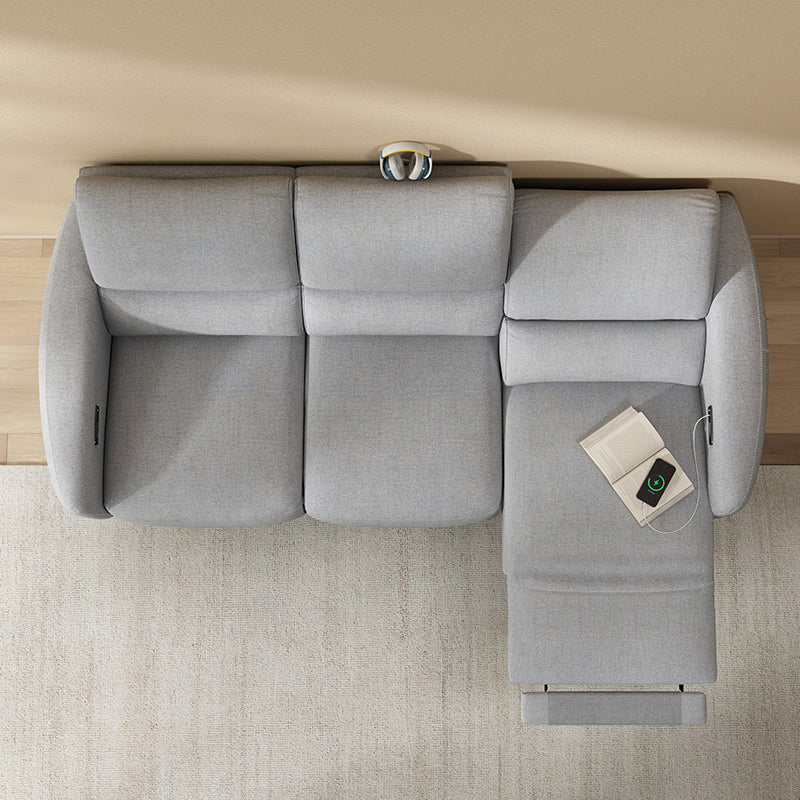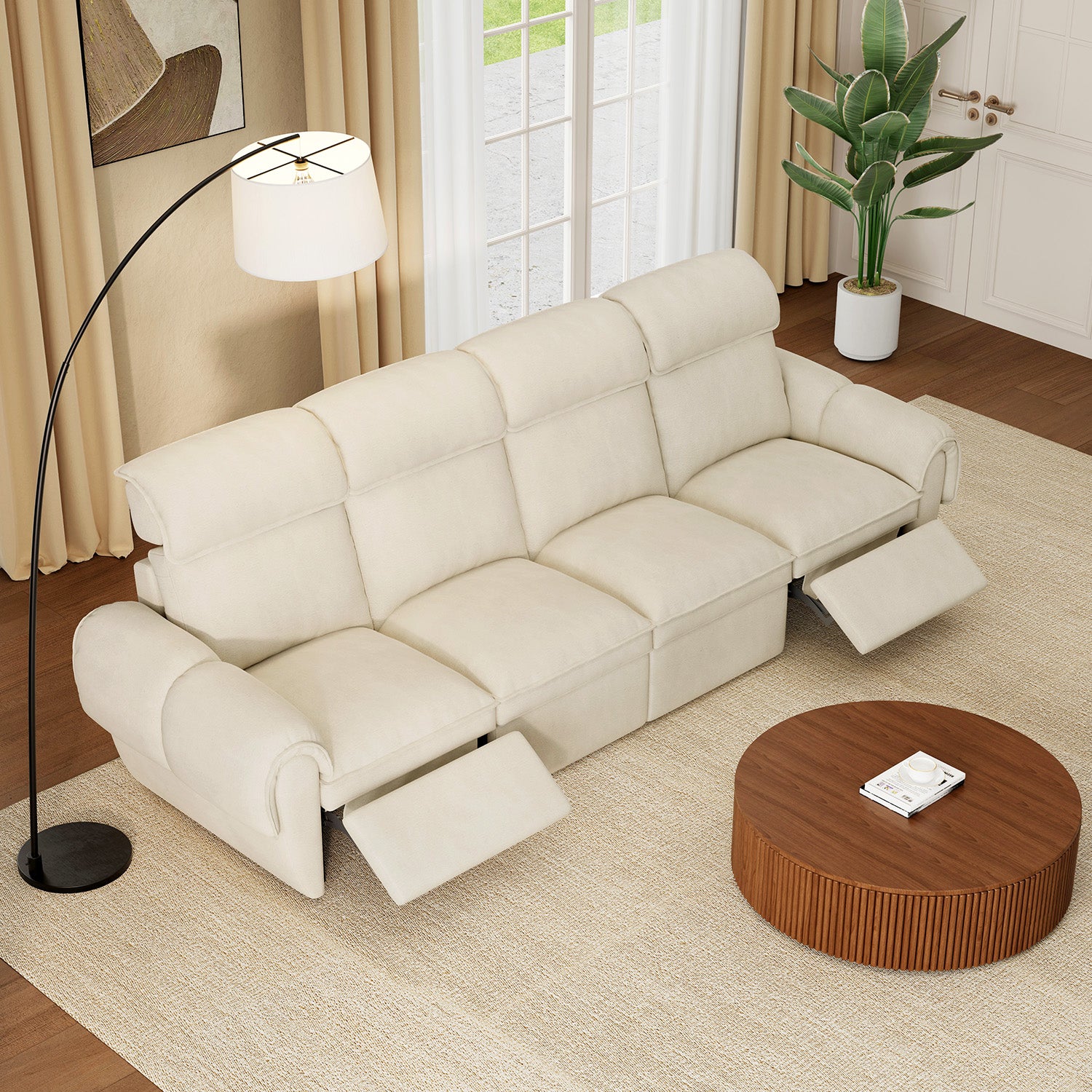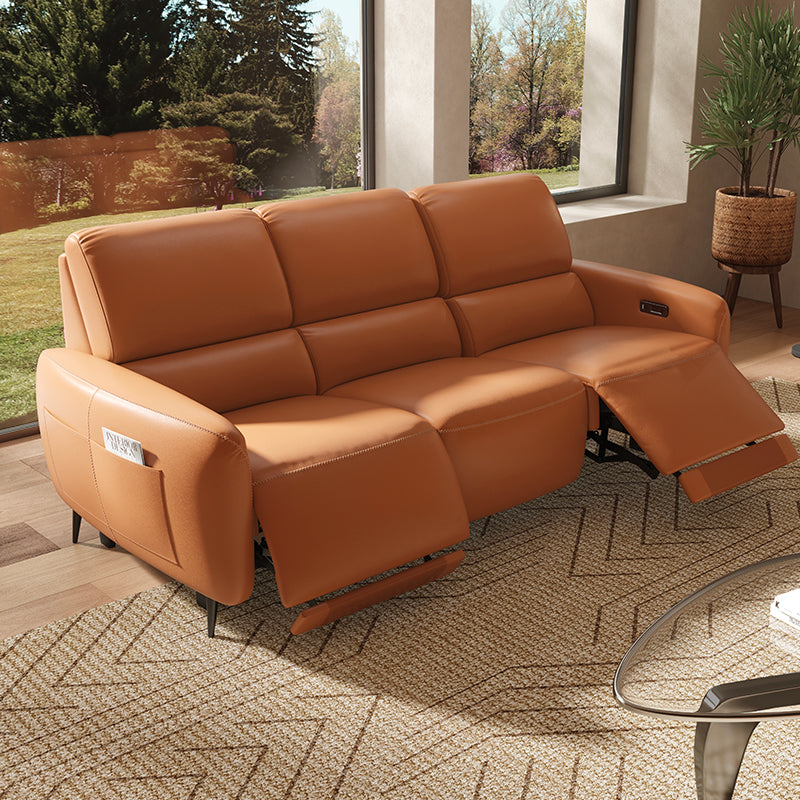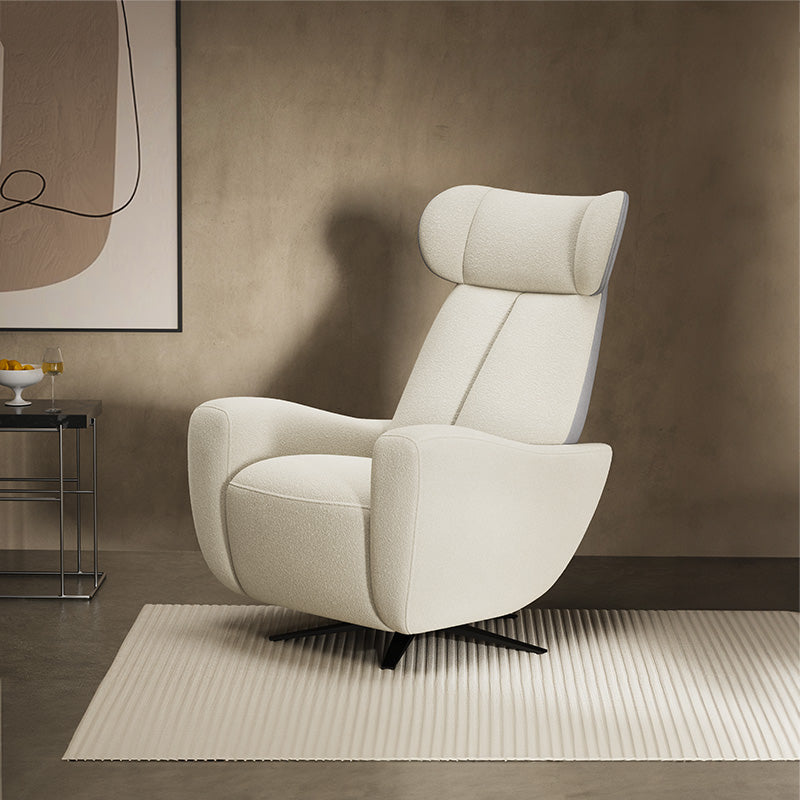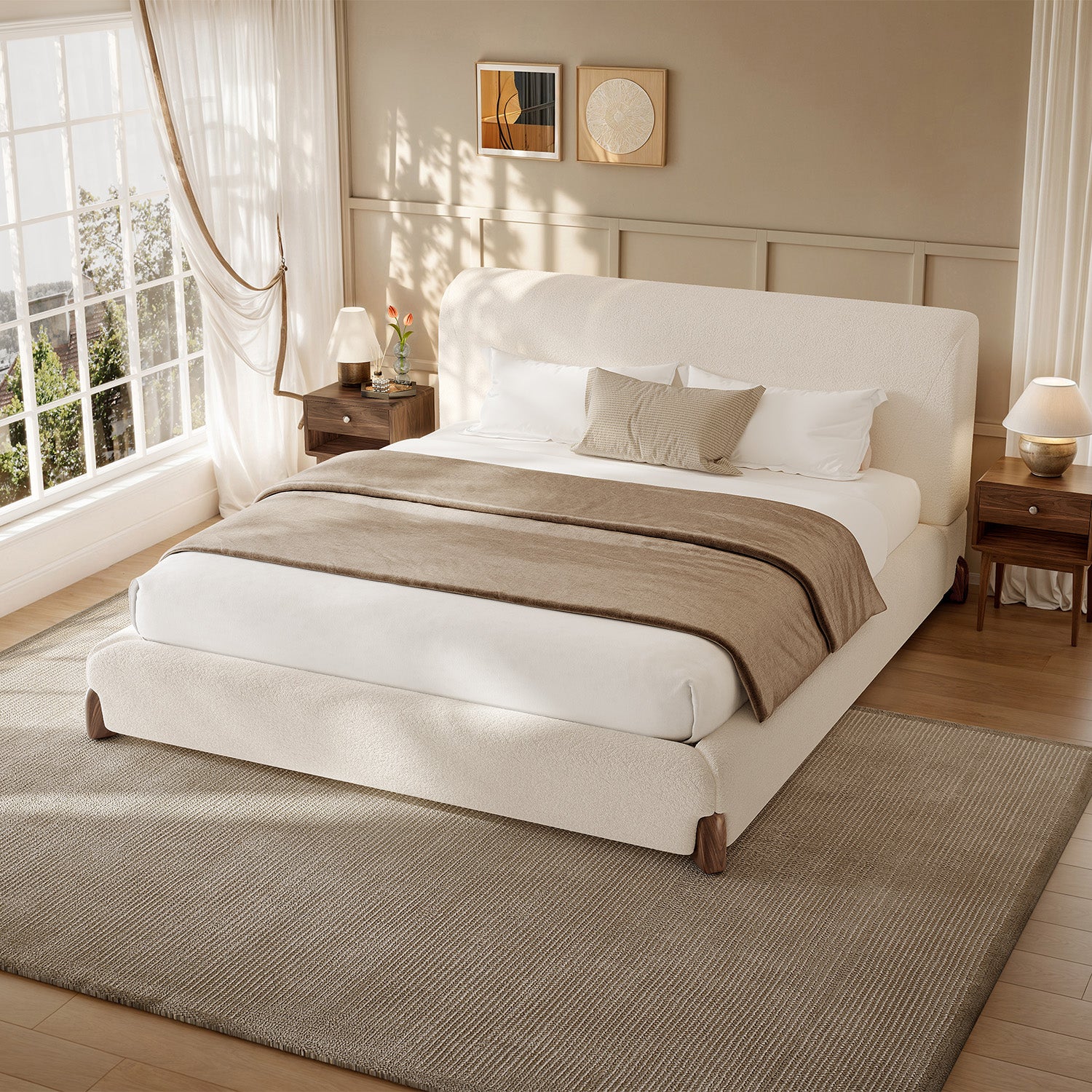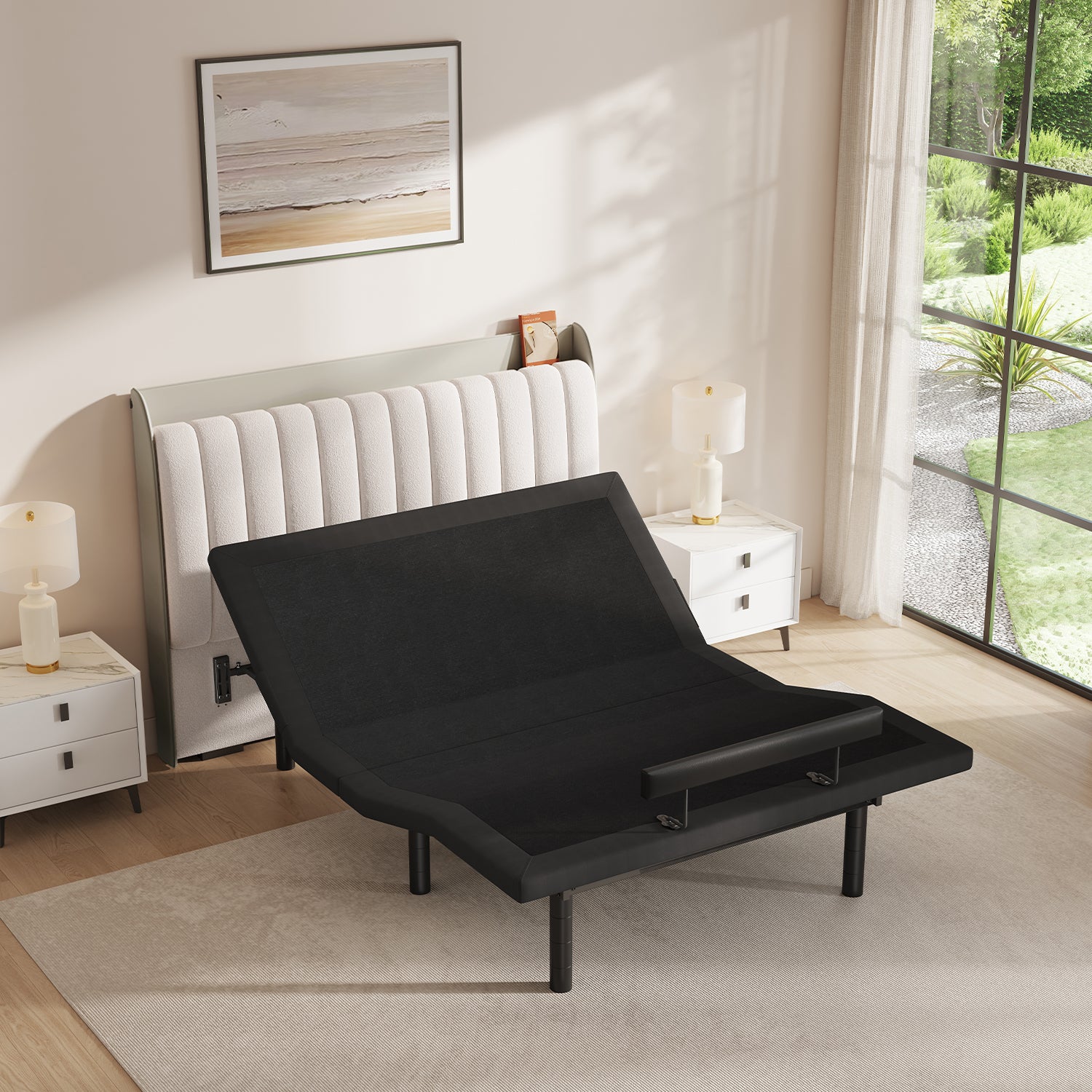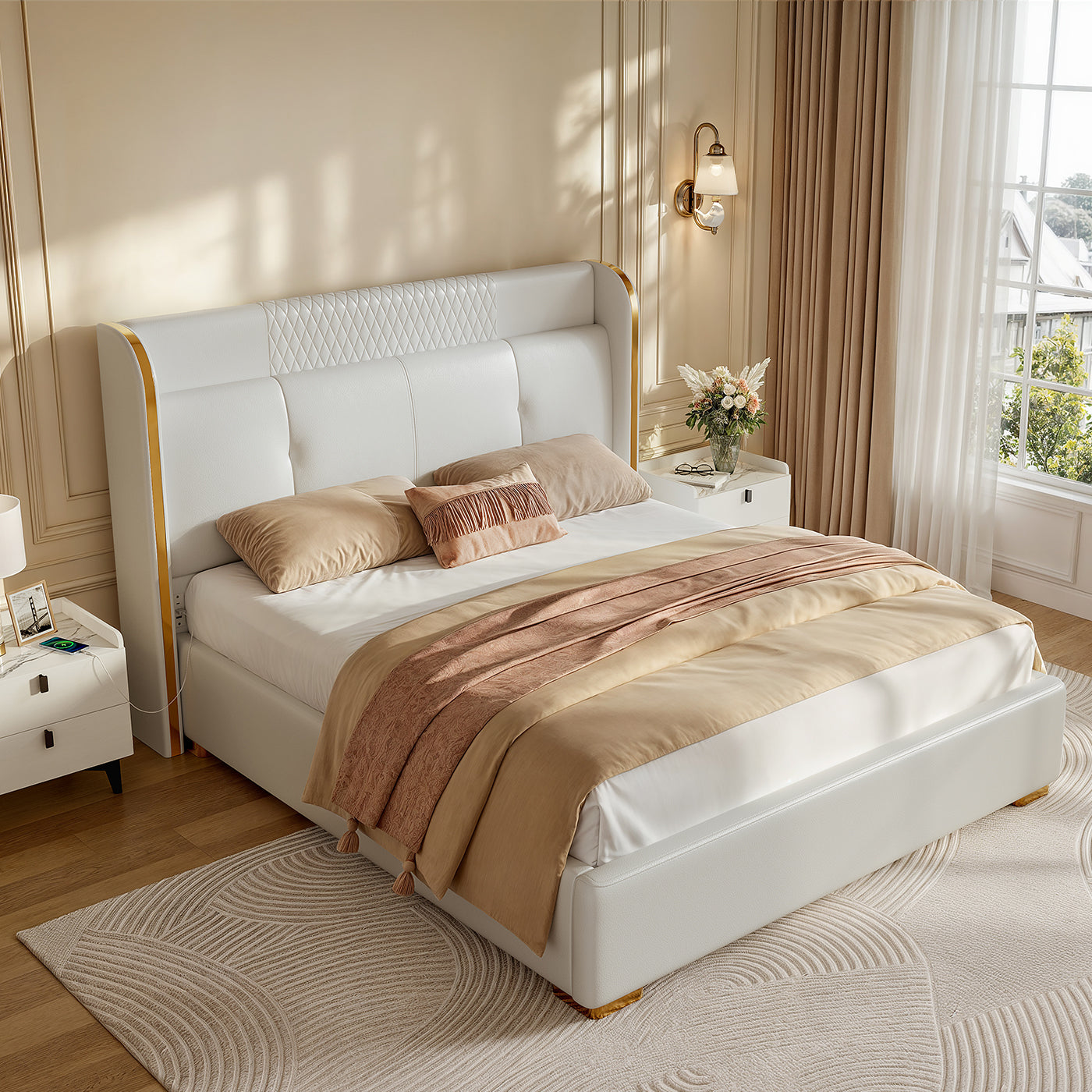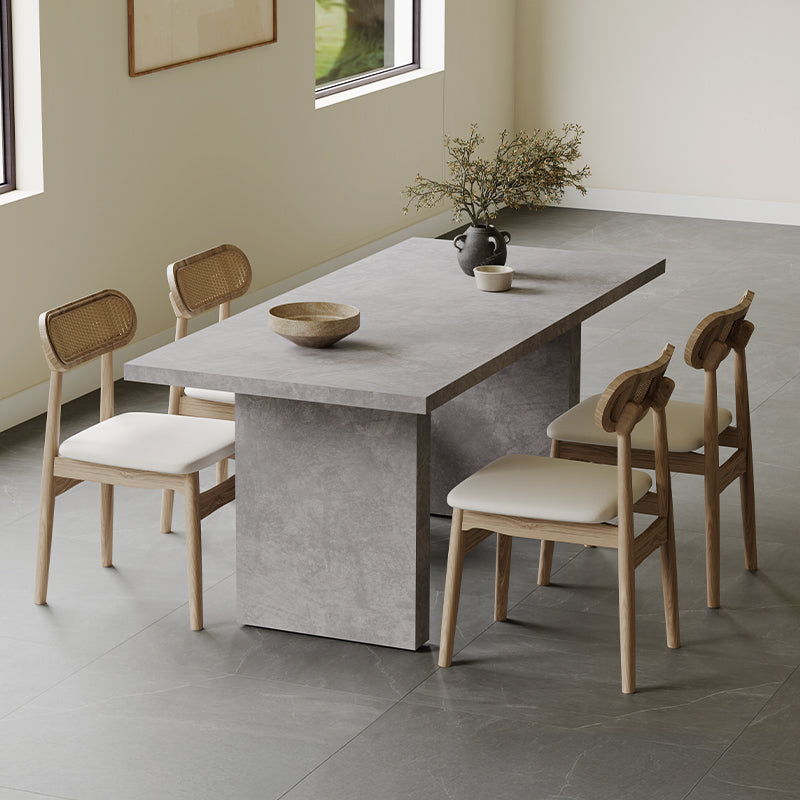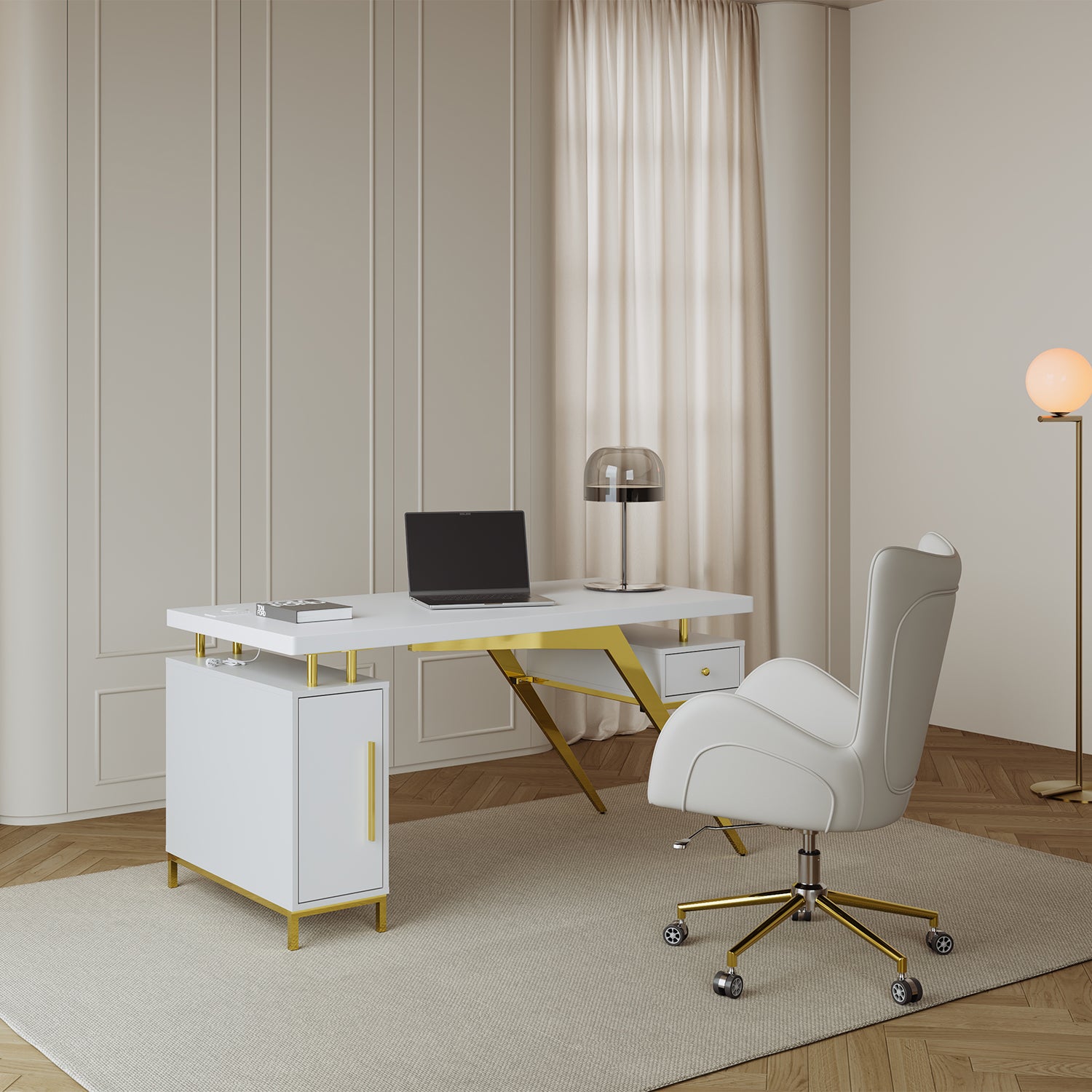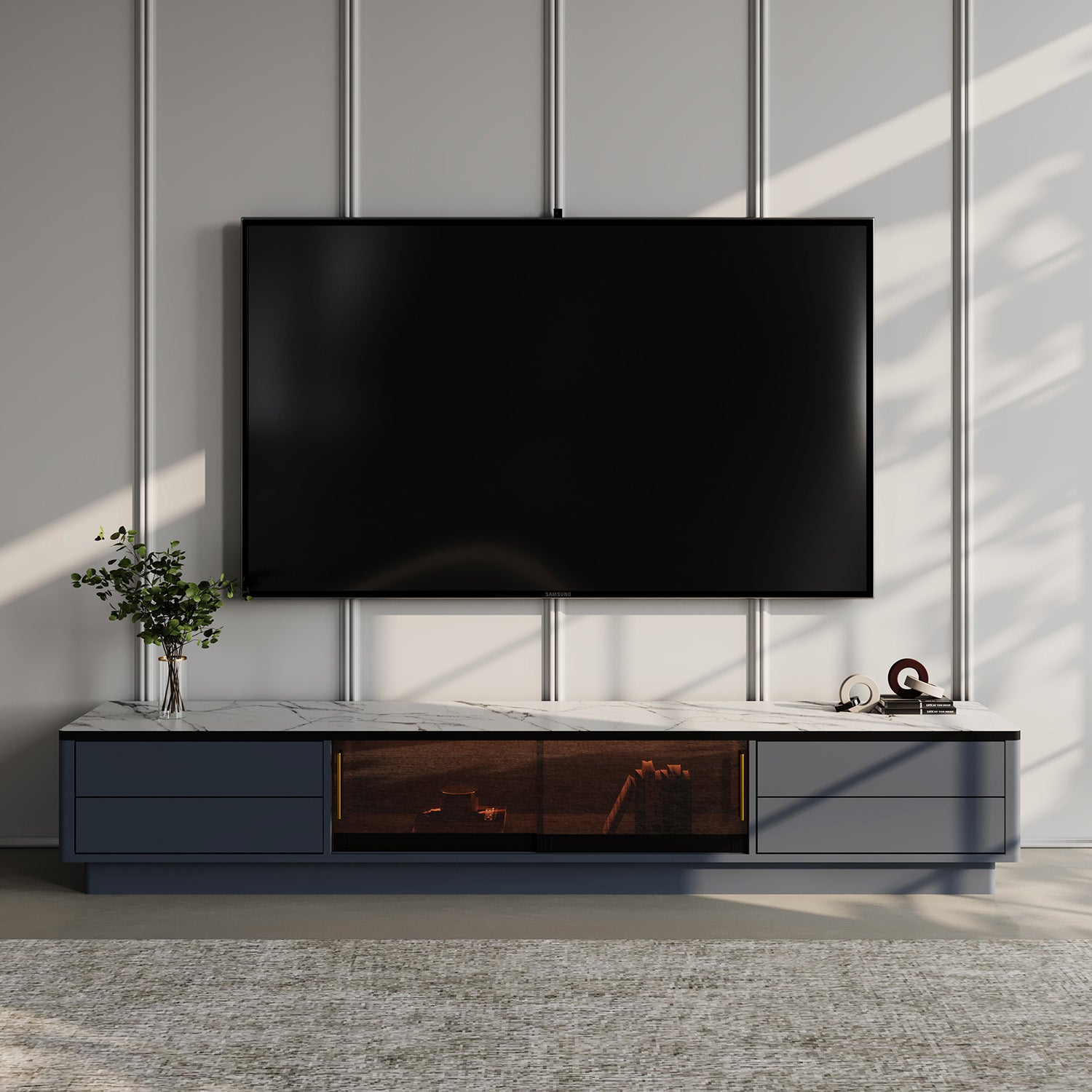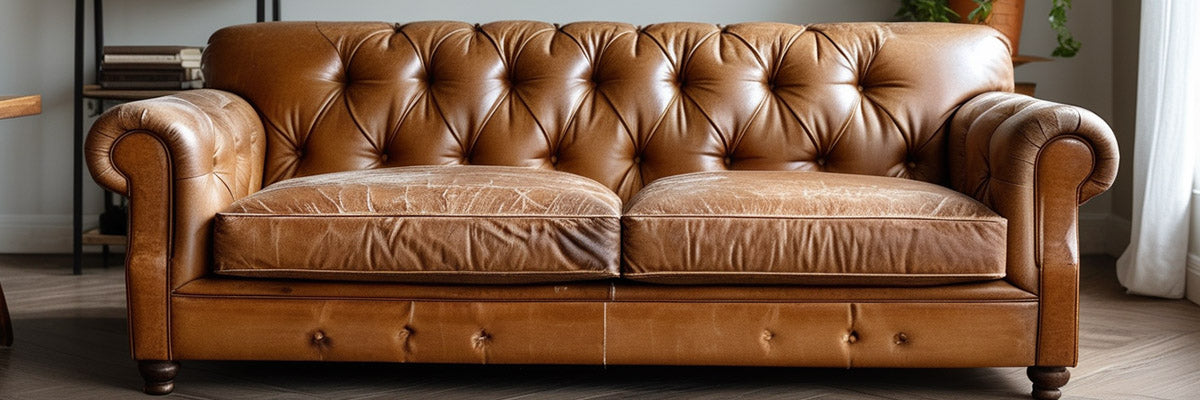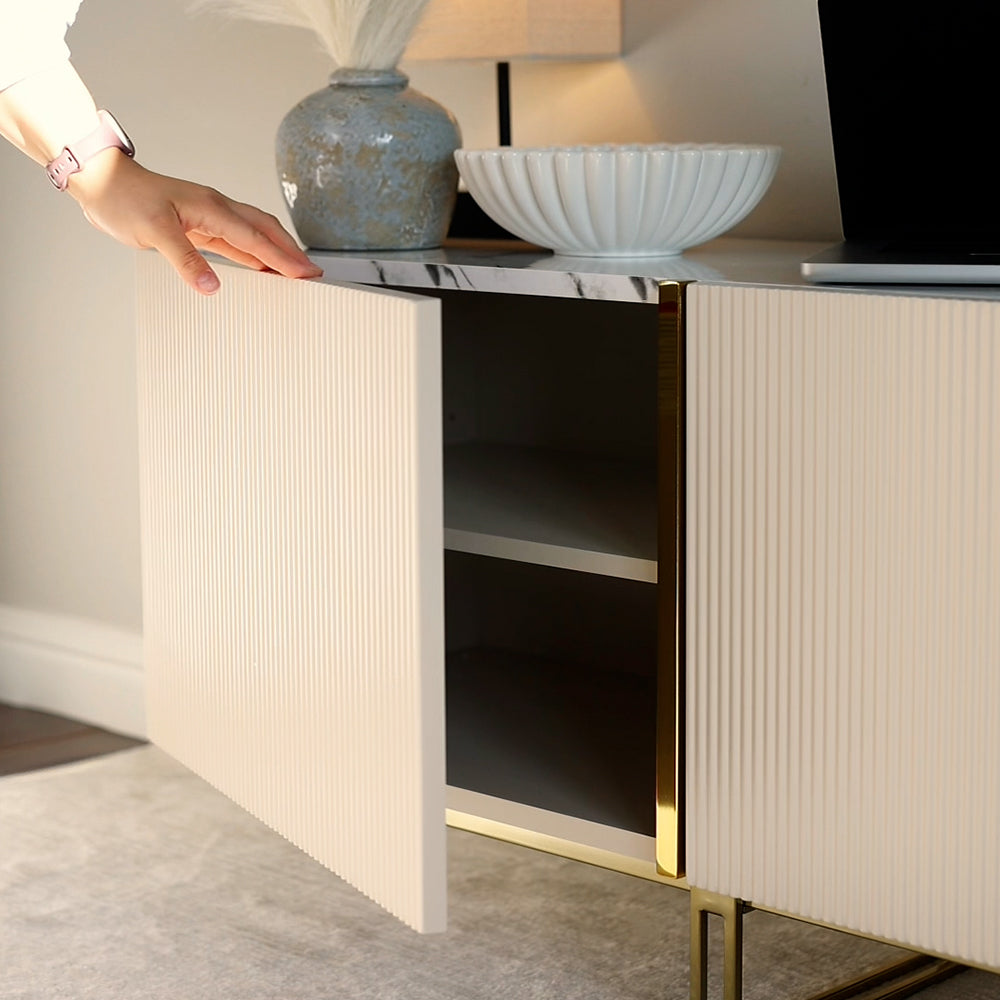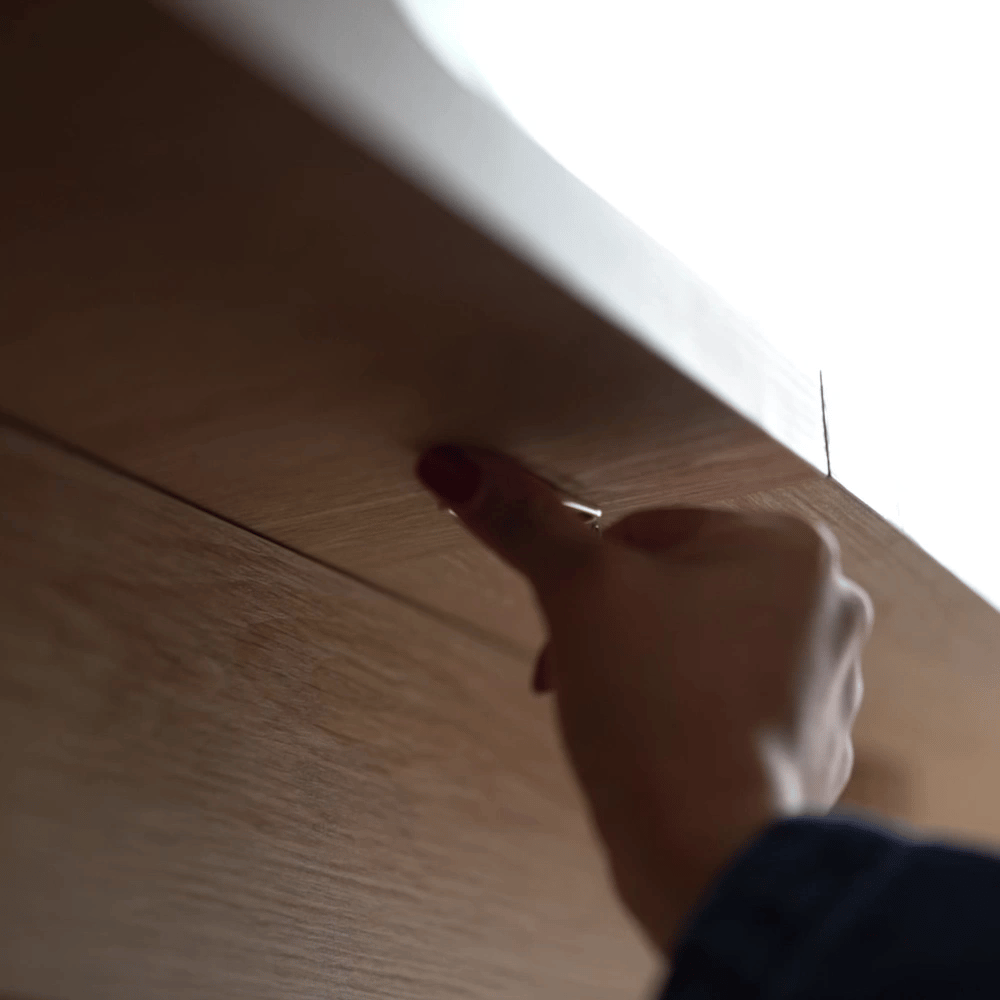Is your leather sofa showing signs of peeling? If you’re seeking ways to repair or restore it, you’re in the right place. This article will guide you through the steps to help your sofa look its best again.
Before we dive in, it’s important to determine whether your peeling couch is made of genuine leather. Materials like bi-cast, bonded, or faux leather often have a polyurethane (PU) coating that can delaminate and peel over time. If this is the case, any restoration may be short-lived. In such situations, investing in genuine leather—even second-hand—might be more cost-effective in the long run, as it’s easier to restore and more durable.
Table of Content
Why Is My Leather Sofa Peeling?
Leather typically doesn’t crack; instead, it’s often the finish or sealant on top that is peeling. This can occur due to abrasive cleaning products, general wear and tear, or accidental damage. Alternatively, you might have been misled about the authenticity of your leather sofa. Bonded leather, for instance, tends to delaminate quickly, leaving many buyers frustrated upon discovering they’ve been deceived. If your leather couch was inexpensive, it’s likely not made from real leather, so always read the fine print before making a purchase!

How to Restore a Peeling Leather Couch?
If you’ve confirmed your couch is authentic and need repair solutions, this section outlines various methods to restore it. Leather is an investment, and repairing rather than replacing is often more economical. Knowing how to restore a peeling leather sofa can save you money over time. However, if you’re unsure of your skills, hiring a professional may be a wise choice to ensure the job is done correctly the first time.
How to Repair a Leather Couch?
For issues like peeling, stains, and general wear and tear on your leather couch, here’s a straightforward DIY repair process. However, if you’re looking for a professional finish, consider hiring a leather upholstery cleaning service that can effectively address cracks, peels, and stains quickly and efficiently.
Step 1: Assess the Damage
Start by examining the extent of the peeling. Is it localized to specific areas, or is it widespread? Understanding the severity of the damage will help you choose the appropriate repair method. For minor peeling, you might opt for DIY solutions, while significant damage may require professional help.
Step 2: Gather Your Supplies
If you decide to tackle the repair yourself, you’ll need a few supplies:
Leather cleaner: To remove dirt and oils.
Leather conditioner: To nourish the leather.
Leather repair kit: Contains patches, adhesive, and colorant.
Scissors and a craft knife: For trimming and shaping.
Clean cloths: For application and wiping.
Step 3: Clean the Leather
Before applying any repair materials, clean the affected area thoroughly. Use a leather cleaner to remove dirt, oils, and old conditioner. Apply the cleaner with a soft cloth, gently scrubbing the peeling area. Once clean, allow the leather to dry completely. This step is crucial as any residue can affect the adhesion of repair materials.
Step 4: Trim Loose Edges
Once the area is clean, carefully trim any loose or frayed edges of the peeling leather using scissors or a craft knife. This step will help create a smoother surface for repair and ensure that the new materials adhere well.
Step 5: Apply Leather Repair Compound
Next, it’s time to apply the leather repair compound. If you’re using a repair kit, follow the instructions provided. Typically, you’ll need to mix the compound and apply it to the affected area using a spatula or your finger. Ensure that you fill in any gaps and smooth out the surface as much as possible. This compound will act as a bonding agent and help to secure the peeling leather back into place.
Step 6: Color Matching
After the repair compound has dried, you may need to match the color of your leather couch. Most repair kits come with colorants that you can mix to achieve the desired shade. Test the color on an inconspicuous area first to ensure a good match. Once you’re satisfied with the color, apply it over the repaired area, blending it into the surrounding leather.
Step 7: Condition the Leather
Once the color has dried, apply a leather conditioner to the entire couch. Conditioning is vital as it restores moisture and prevents further peeling. Use a clean cloth to apply the conditioner, rubbing it into the leather in circular motions. Allow it to absorb fully for the best results.
Step 8: Prevent Future Peeling
To avoid peeling in the future, consider the following preventive measures:
Keep out of direct sunlight: Position your couch away from windows or use UV-filtering window treatments.
Use a humidifier: Maintaining optimal humidity levels can prevent leather from drying out.
Regular cleaning and conditioning: Clean your leather couch regularly and apply conditioner every few months.

Conclusion
Repairing a peeling leather couch is a manageable task with the right approach and materials. By assessing the damage, cleaning thoroughly, applying a repair compound, and maintaining your leather, you can prolong the life of your couch and enhance its appearance. Remember that prevention is key; regular maintenance will keep your leather looking great for years to come. With a little effort, your couch can become the ultimate centerpiece in your living space once again.
If you want to buy our home furniture or couch for living room, you can check out more on our store

